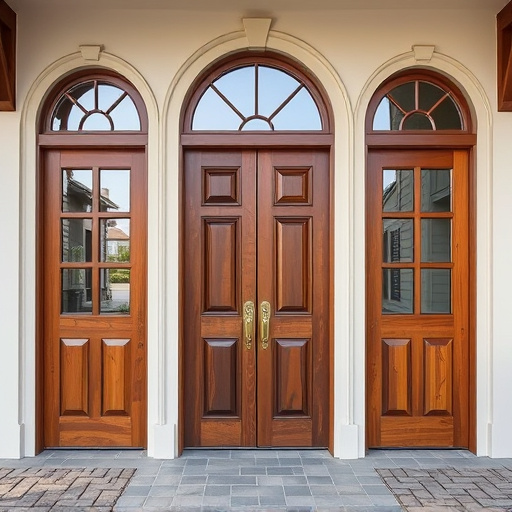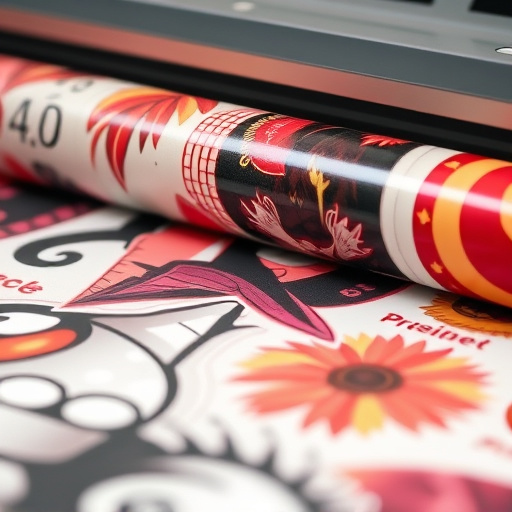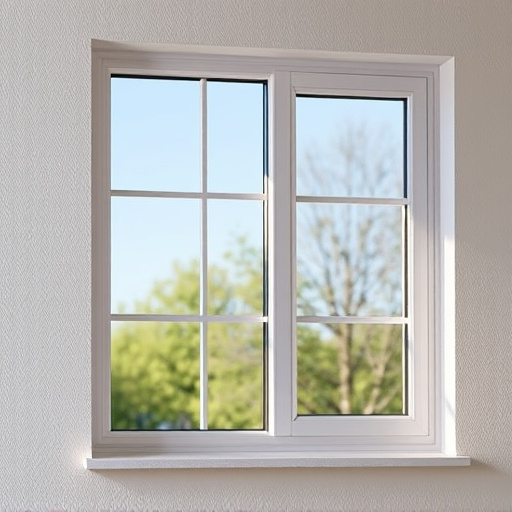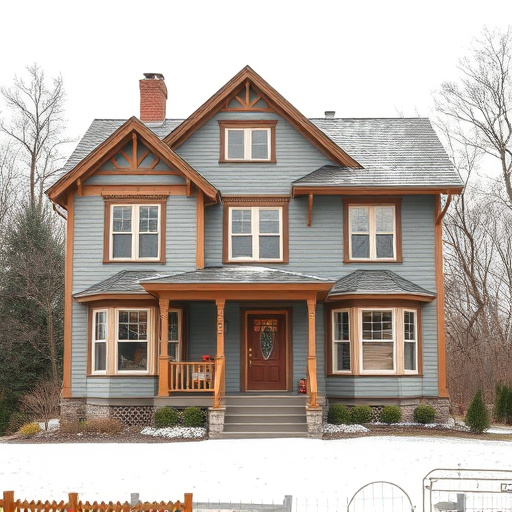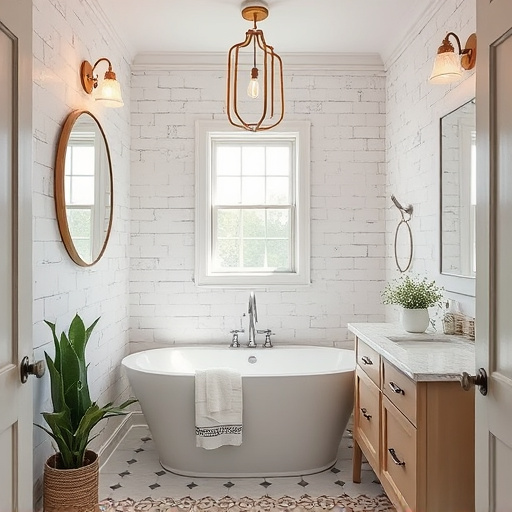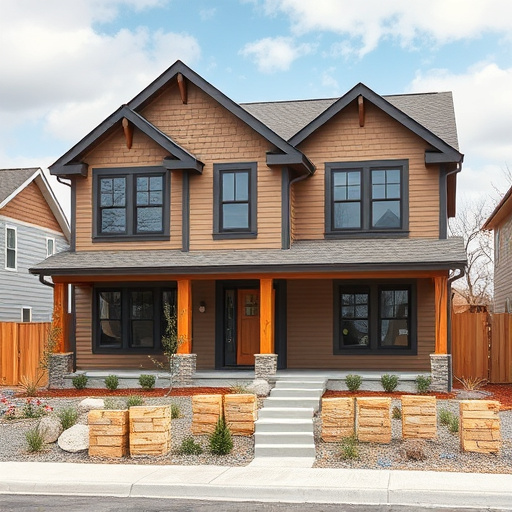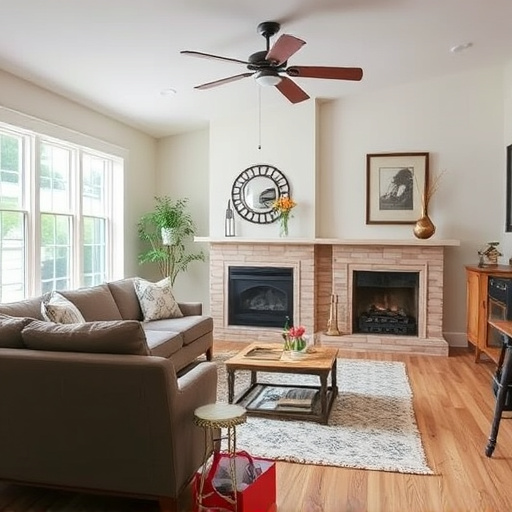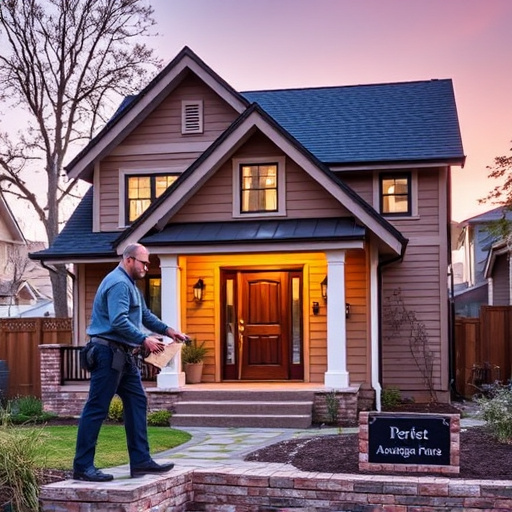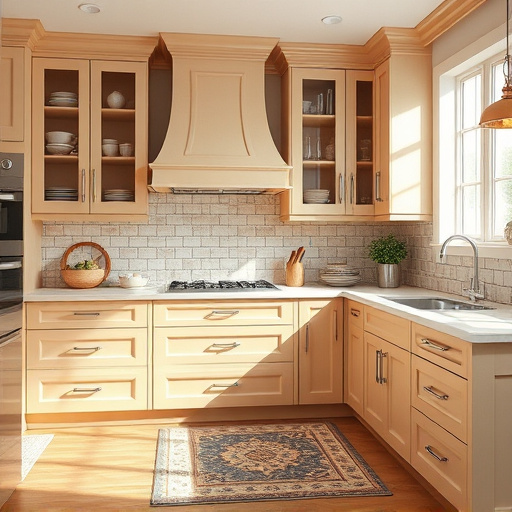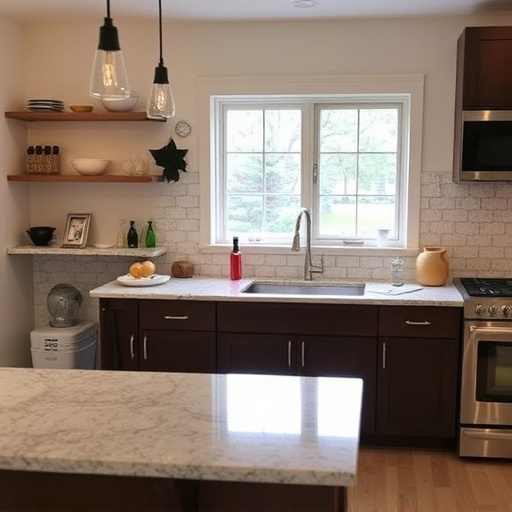Before starting any home design project, assess your financial situation and set realistic goals. Understand that your budget isn't just about affordability but aligning design aspirations with financial capabilities. This strategic approach enables wise resource allocation, balancing custom features or cost-effective solutions while achieving your desired space without compromising financial well-being.
“Unsure where to start when budgeting for your dream home design? This comprehensive guide navigates the financial landscape of professional interior design, empowering folks to create their desired spaces without breaking the bank. From understanding your financial situation and setting realistic budgets to exploring cost-effective alternatives, we’ll walk you through every step. By the end, you’ll be equipped with the knowledge to effectively manage your home design project while staying true to your budget.”
- Understanding Your Budget and Financial Goals
- – Assessing your financial situation
- – Setting realistic design budget
Understanding Your Budget and Financial Goals
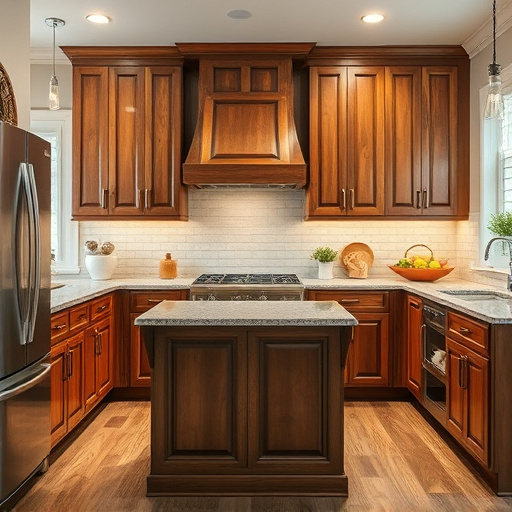
Before diving into the intricate world of home design, it’s paramount to have a clear understanding of your financial landscape. Your budget isn’t just about how much you can afford; it’s a reflection of your financial goals and priorities. Are you aiming to renovate your entire home or focus on specific spaces like the kitchen and bath? Perhaps you’re considering expansive home additions to accommodate your growing family. Identifying these goals is the first step in creating a realistic budget for your interior design project, ensuring that every decision aligns with both your aspirations and financial capabilities.
This strategic approach allows you to allocate resources wisely, whether it’s setting aside funds for customized work that reflects your unique style or planning for more cost-effective solutions. By aligning your home design journey with your budget and objectives, you’ll not only stay on track but also enjoy a seamless transition from vision to reality without compromising your financial well-being.
– Assessing your financial situation
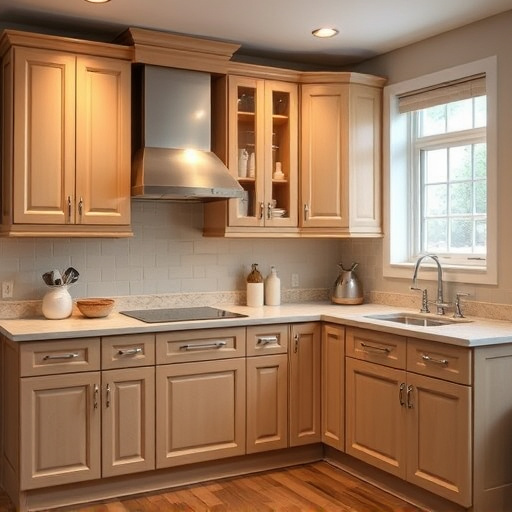
Before diving into the world of home design, it’s crucial to understand your financial situation. As an interior designer, budgeting is an essential part of the process, and assessing your finances is the first step. Start by evaluating your current income and expenses. Consider both your short-term and long-term financial goals, such as saving for a down payment on a new property or funding a significant renovation like a bathroom remodel or floor replacements. Understanding these aspects will help you determine how much you can realistically allocate to interior design projects without compromising other important financial obligations.
In terms of home design, it’s helpful to think about your budget in flexible categories. For instance, allocate funds for essential elements like interior painting and structural changes, as well as discretionary spending for aesthetics and unique features that enhance the overall ambiance. Remember, a well-planned budget allows you to transform your living spaces into stunning homes without overspending.
– Setting realistic design budget
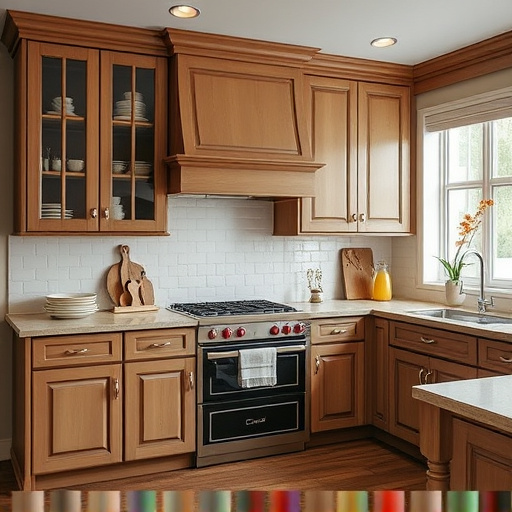
Setting a realistic design budget is the cornerstone of any successful home design project. As a professional interior designer, understanding your client’s financial constraints and aspirations is paramount. Start by discussing their vision for the space—are they aiming for a full-scale renovation with customized work or a more budget-friendly approach focusing on functional spaces? This conversation will guide you in determining the scope of the project and setting an appropriate budget.
Consider the costs associated with different aspects of the design process, including initial consultations, design plans, materials, labor, and any necessary home additions or renovations. A balanced budget should allocate funds for each phase while ensuring there’s flexibility to accommodate unexpected expenses that may arise during the transformation of your client’s space into a functional and aesthetically pleasing home.
When budgeting for a professional interior designer, understanding your financial situation and setting realistic goals are key. By assessing your resources and prioritizing your home design aspirations, you can ensure a successful transformation that fits within your means. Remember, effective planning allows for both beautiful results and financial peace of mind.


